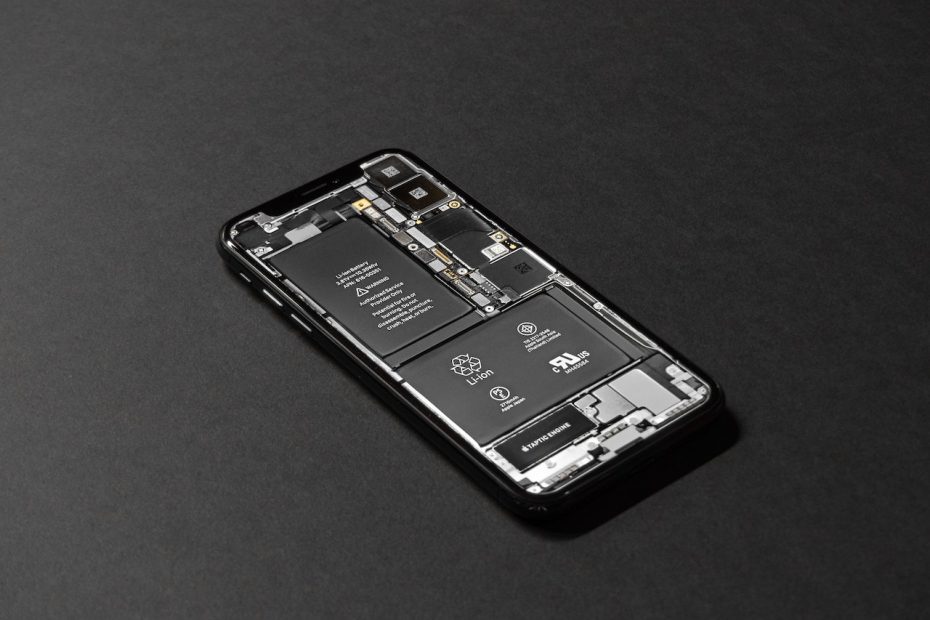Lithium-ion batteries are widely used in a variety of devices such as smartphones, laptops, electric vehicles and audio equipment. These batteries have a relatively long life compared to other types of batteries, but their performance can degrade over time. In this article, we will discuss how to calculate the life of a lithium-ion battery and what factors can affect its performance.
The life of a lithium-ion battery is typically measured in terms of the number of charge-discharge cycles it can go through before its capacity drops to a certain level. For example, a battery that can go through 500 cycles before its capacity drops to 80% of its original capacity is considered to have a longer life than a battery that can go through only 300 cycles before reaching the same capacity level.
To calculate the life of a lithium-ion battery, you can use the following formula:
Life (in cycles) = (Capacity x 100) / (Discharge rate x Depth of discharge)
In this formula, capacity is the rated capacity of the battery in amp-hours (Ah), discharge rate is the rate at which the battery is discharged in amperes (A), and depth of discharge is the percentage of the battery’s capacity that is used before recharging.
For example, a battery with a capacity of 10 Ah, a discharge rate of 2 A, and a depth of discharge of 50% would have a life of:
Life (in cycles) = (10 x 100) / (2 x 50) = 500 cycles
There are several factors that can affect the life of a lithium-ion battery, including temperature, charge and discharge rate, and the amount of time the battery is stored before it is used.
Temperature is an important factor in the life of a lithium-ion battery. Batteries that are exposed to high temperatures tend to degrade faster than batteries that are kept at lower temperatures. This is because high temperatures can cause the electrolyte in the battery to degrade, which can lead to a reduction in capacity.
Charge and discharge rate also affect the life of a lithium-ion battery. Batteries that are charged and discharged at higher rates tend to have a shorter life than batteries that are charged and discharged at lower rates. This is because higher rates of charge and discharge can cause the electrodes in the battery to degrade more quickly.
The amount of time a lithium-ion battery is stored before it is used can also affect its life. Batteries that are stored for long periods of time without being used can degrade, which can lead to a reduction in capacity.
In conclusion, the life of a lithium-ion battery is typically measured in terms of the number of charge-discharge cycles it can go through before its capacity drops to a certain level. The life of a lithium-ion battery can be calculated using the formula: Life (in cycles) = (Capacity x 100) / (Discharge rate x Depth of discharge). Factors such as temperature, charge and discharge rate, and the amount of time the battery is stored before it is used can affect the life of a lithium-ion battery. Properly maintaining and storing the battery can help to prolong its life.
Checkout Mission rechargeable li-ion power supplies for guitar pedal boards and other audio equipment at Power – Mission Engineering

When my battery is fully charged it does not have the power to completely launch the starter motor to start the mower. The battery is almost five years old. Looks like I need to purchase a new battery.
Your calc about cycles is wrong/missing something
(Capacity×100)/(current×Dod) is not equal to cycles
In your example
(10*100)/(2*50)=500 ?